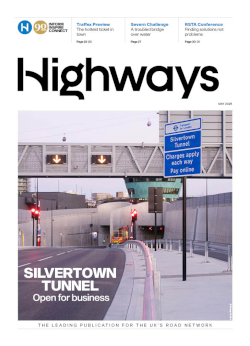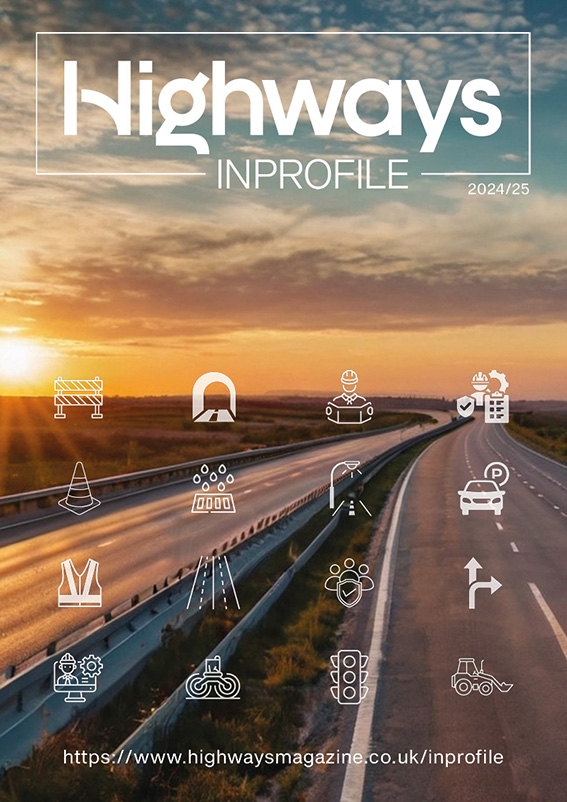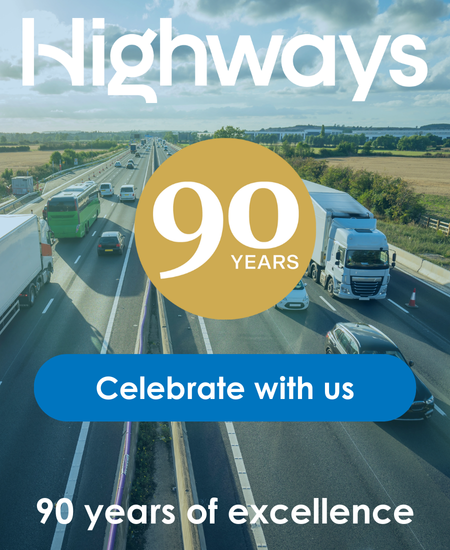Abbie Hughes from software company My Mobile Workers throws down the gauntlet on modern road worker safety.
Highway worker safety provides an opportunity to prove that the Internet of Things (IoT) is something more than just another industry buzzword. It has the potential to genuinely save workers’ lives.
Good communication can be the key to safer working environments and that’s exactly what IoT can deliver with its data connection of objects, people and networks – to create smarter systems, better able to monitor risks.
It opens up the possibility of a road maintenance world in which every active element is ‘speaking’ to each other. Where weather conditions are monitored, approaching motorists are warned, vehicle movements are tracked and highway workers alerted – the instant a risk is identified.
It’s the kind of controlled environment in which there would be no such things as an ‘unavoidable accident’. It would turn Highways England’s zero accident objective from a laudable aim, to a genuinely achievable goal.
Present day solutions
Highways Resource Solutions (HRS) is one of the UK companies that’s using IoT style data connectivity to better protect the safety of road workers. The death of a Leicestershire highways worker in 2011 led to the company’s pioneering work on safety systems.
HRS use cone barrier sensors and cameras to create a virtual perimeter around a work location, with alerts triggered whenever a vehicle breach is detected. Alarms worn by traffic management officers provide instant warnings of any potential threat.
This kind of wearable technology is something that Highways England has recently been promoting with a £36,000 award to Japanese company, Fujitsu, to aid the development of kit to monitor the wellbeing of highway workers.
The Massachusetts Institute of Technology (MIT) has also been looking into this area with its Safety ++ project. The prototype designs include a ‘smart’ undershirt which monitors health and shoe sensors which track movement and body stresses.
Joining up the dots
While all of these advancements are encouraging, the true power of IoT will only be unleashed when ways are found to combine the various technologies that are becoming available. It’s this joining up of the dots that poses the greatest challenge.
It relies on more than just smart technology; it requires a new style of collaborative approach within the highways sector with businesses and service providers sharing resources. It’s a shift that’s unlikely to happen ‘organically’.
If companies invest in systems that allow them to collect valuable highways data, what incentive is there to share these resources? The present day technology giants have attained their lofty positions by monopolising big data, not by sharing it.
The driving force behind the new technology is likely to be efficiency rather than safety. While companies have a duty to protect employees, they’re also having to balance this against the need to work within budgets and to hit deadlines.
So improved safety is liable to be viewed more as a welcome by-product of IoT savings and efficiencies, rather than the end goal itself. The potential to save lives and reduce accident rates may not prove enough of an incentive in isolation.
Government support
If the benefits are ever going to become a reality, it will need significant government support and third-party infrastructure provision. The UK Government has made some tentative steps, providing financial support for HyperCat – a set of standardised protocols for the sharing of IoT data. It’s a project, which highlights the challenges ahead with developers having to balance the requirements of around 40 different interested parties.
There’s another major regulatory hurdle that stands in the way of IoT – the forthcoming data protection laws.
The General Data Protection Regulations (GDPR), [for more on GDPR see pages 32-34], which the UK Government has committed to adhering to, will severely limit the ways that companies can use any personal data they collect.
It means that an individual has to knowingly opt-in to having their personal information collected and if they choose to opt-out, a company is unable to use or share it with any other organisations.
It has the potential to make IoT a square peg that’s trying to fit through a legislative round hole. The future impact of this will largely depend on legal interpretations of ‘personal’ and ‘anonymous’ data.
Turning vision into reality
So the individual elements required to create the IoT continue to emerge within the highways sector but the overall framework that’s needed to turn the vision into a reality, still appears to be a long way off.
We now have the technology with the potential to eliminate highway worker risks. To turn this potential into a reality will take more than an optimistic vision; it needs a combined drive and commitment by all within the highways sector to ensure the best tools are found to protect the lives of our workers.





